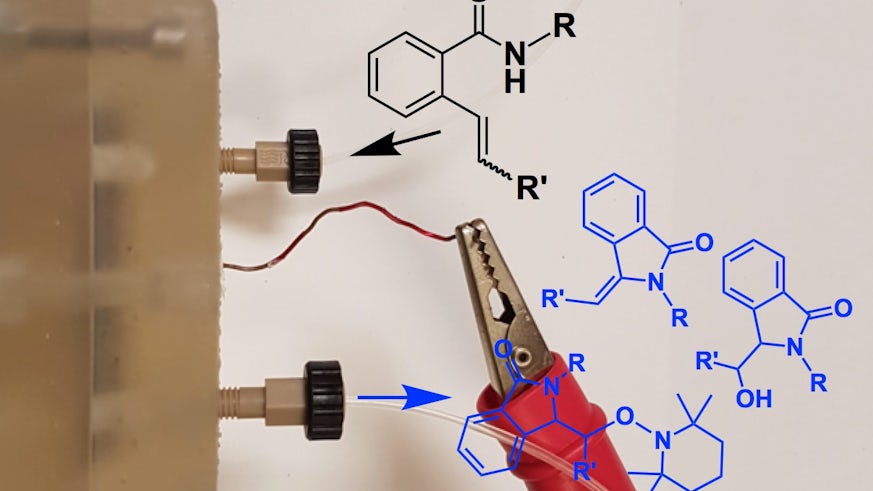Chemists design more efficient microreactor using 3D printing
9 November 2017

Researchers from the School of Chemistry at Cardiff University have developed a new way of improving reactions for use in organic chemistry.
The research team around Professor Thomas Wirth developed an electrochemical microreactor using additive manufacturing technology (commonly known as 3D printing). These 3D printed microreactors can be made quickly within a matter of hours, to a variety of designs according to the specifications of the reaction, and at a much lower cost than other microreactors. The use of 3D printing in manufacturing these devices leads to more flexibility as well as higher productivity and efficiency in a large scale laboratory setting.
Traditionally, electrochemical flow microreactors require supporting electrolytes to facilitate reactions. With this new device, very few or no supporting electrolytes are needed, making processes less costly and enabling easier purification of resulting compounds.
The newly developed microreactor was tested on synthesis of isoindolinones, which are found in many natural products, pharmaceuticals, and biologically active molecules, in order to determine the optimum conditions for reactions taking place with the 3D printed microreactor.
The full paper ‘An Easy-to-Machine Electrochemical Flow Microreactor: Efficient Synthesis of Isoindolinone and Flow Functionalization’ was published in Angewandte Chemie and labelled as a “hot paper” by the editors.